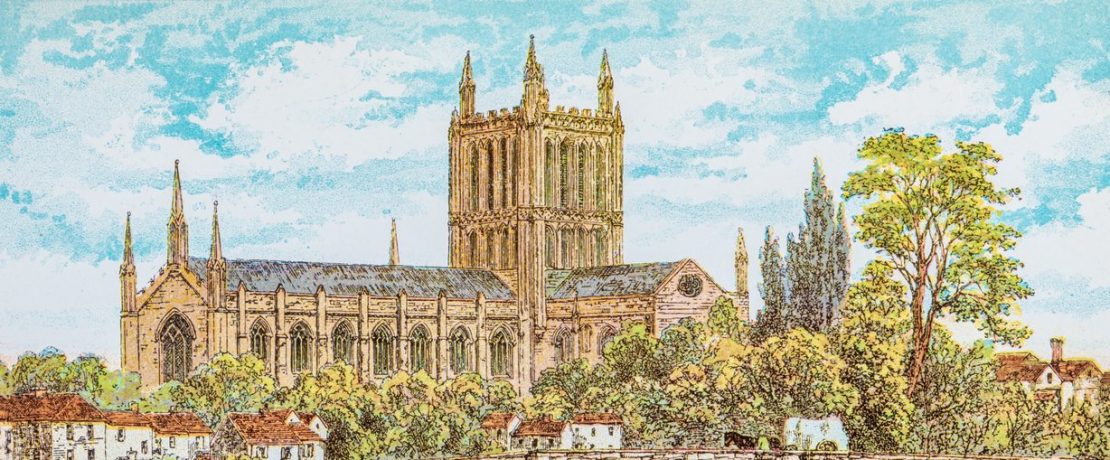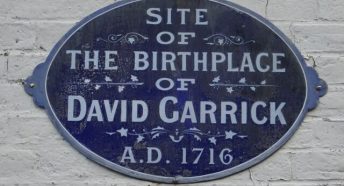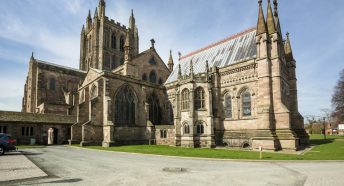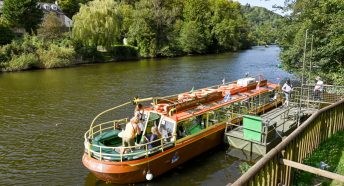A history of Herefordshire
A history of Herefordshire — from Anglo-Saxon times to the present
Early history
Herefordshire is mentioned in an Anglo Saxon chronicle of 1051. The name ‘Here – ford’ probably derives from the Old English for ‘Army crossing’ being the location of the settlement on the river Wye.
The Welsh, Anglo-Saxons, Danes and Normans have all controlled Hereford at different times.
In the Doomsday survey, parts of the Welsh Marches were assessed under Herefordshire. The border between England and Wales has for many centuries been quite flexible and is one of the reasons we find so many castles in the region. The chained library in Hereford Cathedral preserves some of the earliest printed books in Europe.
In 1110, a new stone bridge across the Wye replaced the earlier wooden one. You can still see parts of the historic stone walls around the city.
Hereford strongly supported the king in the civil war of 1692. Then the city fell to the Parliamentarians in 1643 but they later withdrew. A Parliamentary army laid siege to Hereford in 1645 but they were unable to take the city. However, they were eventually successful in retaking Hereford as the king’s army weakened.
Industry and education
It was in the 17th Century that Hereford became famous for brewing and making cider. In the late 1700s the streets of the city were paved and provision was made for street lighting.
Herefordshire has always been a rich agricultural county and was slow in adopting industrial development and manufacturing. The canal and the railway arrived much later than elsewhere in England. In 1845 the railway finally reached Hereford and a canal was dug from Gloucester to Hereford but it closed in 1880.
In the 20th century, the County Hospital, Technical College and Art College opened their doors. The Cider Museum and the Mappa Mundi Library also came into being. The manufacturing industry grew to include food processing, brewing, furniture making and metalworking.
Most recently, the New Model Institute for Technology and Engineering came into being in 2009. Calling itself a ‘(politely) disruptive game changer’ it offers a creative approach to the training of engineers.







